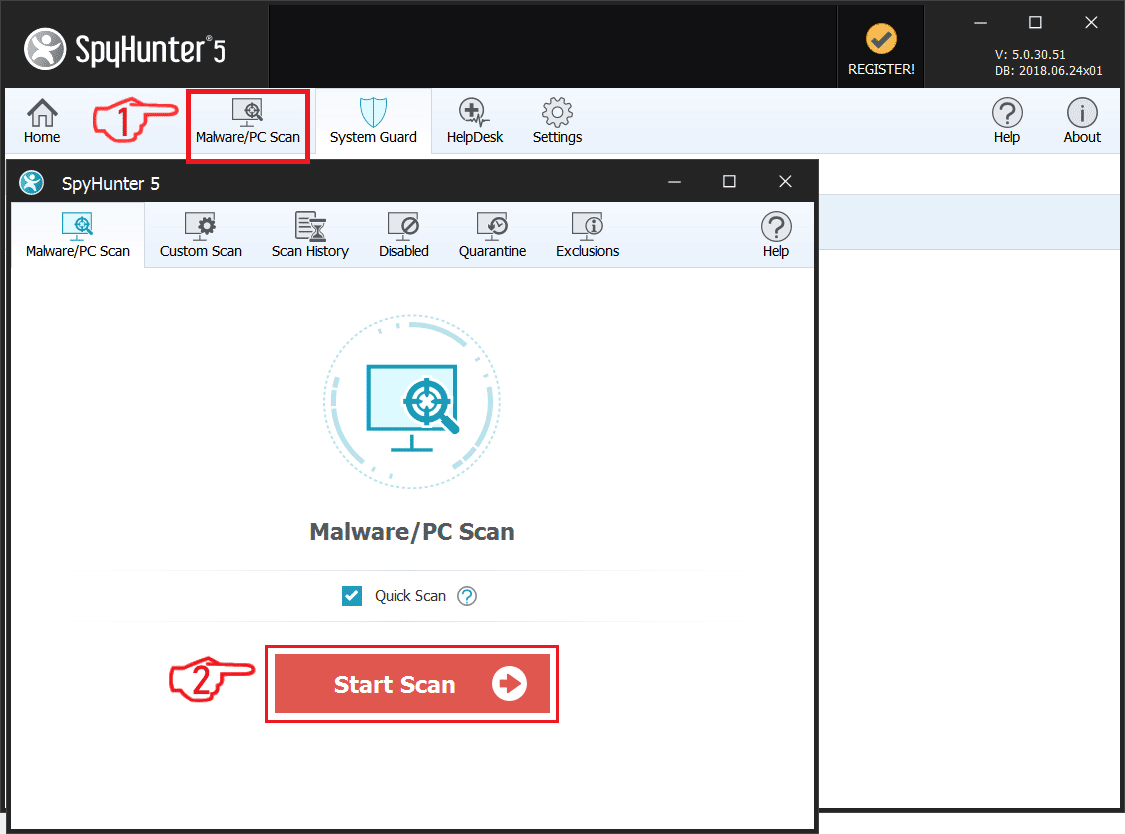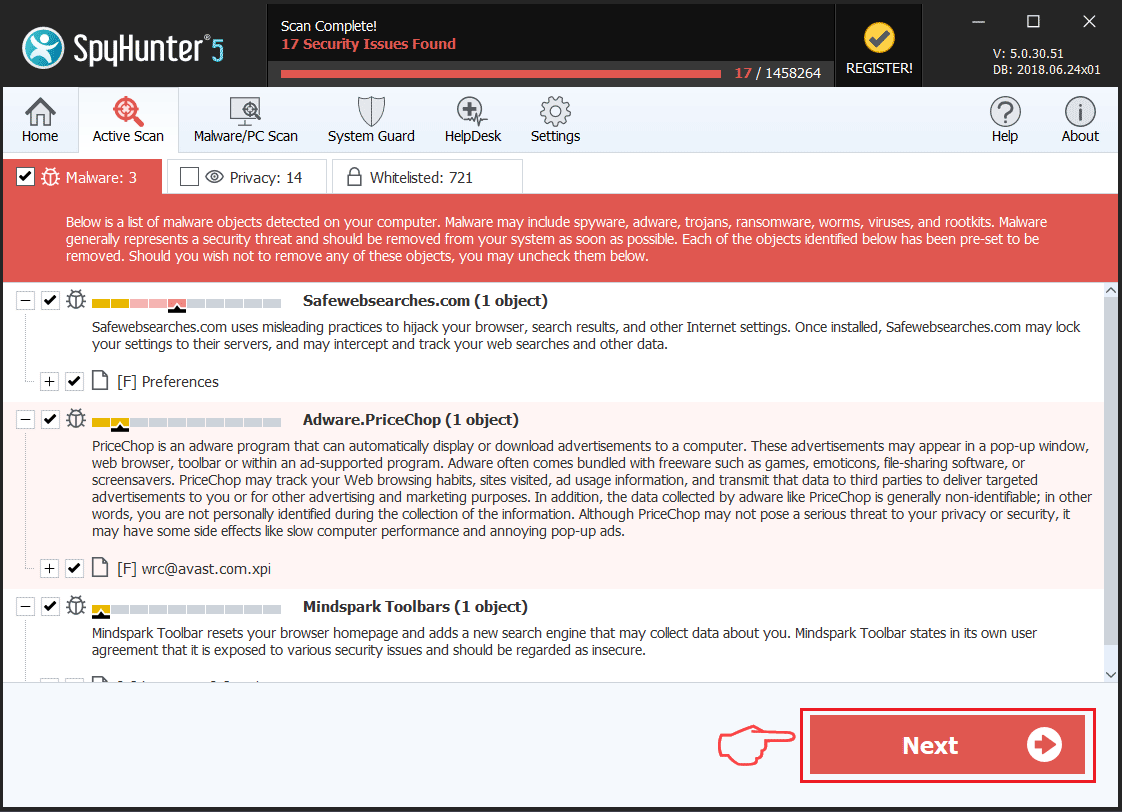The Razy Trojan is a dangerous weapon used against computer users worldwide. It infects mainly via infected software installers. Our article gives an overview of its behavior according to the collected samples and available reports, also it may be helpful in attempting to remove the virus.

Threat Summary
| Name | Razy Trojan |
| Type | Trojan |
| Short Description | The Razy Trojan is a computer virus that is designed to silently infiltrate computer systems. |
| Symptoms | The victims may not experience any apparent symptoms of infection. |
| Distribution Method | Software Vulnerabilities, Freeware Installations, Bundled Packages, Scripts and others. |
| Detection Tool |
See If Your System Has Been Affected by malware
Download
Malware Removal Tool
|
| User Experience | Join Our Forum to Discuss Razy Trojan. |

Razy Trojan – Distribution Methods
The Razy Trojan attacks were found for the first time in 2018 during targeted campaigns against websites worldwide. It appears that the hacker collective behind it are aiming to infect websites with the Trojan code and using them as conduits for even larger distribution.
According to the security analysis the viral content is found in ads on various websites and free hosting services. This means that the installation code will be found in the interactive scripts in the content — ads, banners, pop-ups and redirects. Several of the most popular web browsers have been affected: Google Chrome, Mozilla Firefox and Yandex Browser. This is done by creating malicious plugins for them (called “hijackers”) which are uploaded to their relevant repositories. Usually fake developer credentials or user reviews are posted to entice the victims into installing them. As soon as this is done the virus deployment will take place.
It is also possible to create fake copies of the browser installers, this is done by taking the legitimate setup files from their official sources and modifying them with the code.
Other possible distribution tactics include the following:
- Infected Documents — The virus installation code can be embedded in documents across all popular types: spreadsheets, text documents, presentations and databases. Whenever these files are opened by the victims a prompt will appear asking them to enable the built-in code. If this is done the Razy Trojan will be installed on the target machines.
- Email Phishing Campaigns — The criminals can orchestrate email SPAM campaigns that feature phishing elements. They are made by impersonating well-known services or products that the victims frequently use. The body contents will include various interactive elements and in-text links which can lead to the infection. In other cases the samples can be directly attached.
- Other Virus Payloads — Ransomware and other malicious threats can deliver this Trojan as part of their operations.

Razy Trojan – Detailed Description
Once the infection engine is engaged it will start a JavaScript-based script leading to the infection commands. This particular version has been found to install a cryptocurrency stealing component. It will search for digital wallets and specific software used to manage the digital currency. Whenever such instances are detected an address replace tactic will be used. Whenever a transaction is ordered by the users the recipients address will be replaced by the Razy Trojan automatically without them noticing. When the order is placed the money will be wired to the criminal operators instead of the anticipated recipient.
The Trojan code is fully capable of spoofing QR codes as well. This means that when the computers read a certain address encoded in this format they will be redirected to another address instead of the real one.
The Razy Trojan has also been found to have the ability to modify pages by inserting malicious lnks. This is particularly useful when accessing exchanges where cryptocurrency transactions are made. The security reports show that the virus exhibits the ability to change search engine results by redirecting the users to hacker-controlled landing pages. All of this shows that there are several advanced components available in this malware release:
- Information Harvesting — To facilitate the system changes an elaborate mechanism for harvesting information found on the infected machines. This can include both the installed hardware components list, user settings and operating system values, but also the victim users themselves. An unique ID can be assigned to each infected machine thanks to the gathered information. The personal information gained through this process is used to expose the identity of the victims.
- Memory & Files Manipulation — The Trojan can hook up to existing operating system services and applications in order to allow the main engine to manipulate the input and output.
- Files Access — By having access to the local drive contents the Razy Trojan can access both system and user data. If it interacts with the Windows Volume Manager it will be able to retrieve files from removable devices and network shares as well.
- Windows Registry Changes — It is very possible that changes are made to the Windows Registry. This can include both changes, creation of new entries and deletion of already existing ones. This can cause severe performance issues and unexpected shut down of applications and services.
- Additional Payload Delivery — The Trojan can be used to implant other malware including ransomware, miners and etc.
As it appears the code base behind the Razy Trojan is modular allowing the criminal collective to update it with further modules.

Remove Razy Trojan Trojan
If your computer system got infected with the Razy Trojan Trojan, you should have a bit of experience in removing malware. You should get rid of this Trojan as quickly as possible before it can have the chance to spread further and infect other computers. You should remove the Trojan and follow the step-by-step instructions guide provided below.
Note! Your computer system may be affected by Razy Trojan and other threats.
Scan Your PC with SpyHunter
SpyHunter is a powerful malware removal tool designed to help users with in-depth system security analysis, detection and removal of Razy Trojan.
Keep in mind, that SpyHunter’s scanner is only for malware detection. If SpyHunter detects malware on your PC, you will need to purchase SpyHunter’s malware removal tool to remove the malware threats. Read our SpyHunter 5 review. Click on the corresponding links to check SpyHunter’s EULA, Privacy Policy and Threat Assessment Criteria.
To remove Razy Trojan follow these steps:
Use SpyHunter to scan for malware and unwanted programs
Preparation before removing Razy Trojan.
Before starting the actual removal process, we recommend that you do the following preparation steps.
- Make sure you have these instructions always open and in front of your eyes.
- Do a backup of all of your files, even if they could be damaged. You should back up your data with a cloud backup solution and insure your files against any type of loss, even from the most severe threats.
- Be patient as this could take a while.
- Scan for Malware
- Fix Registries
- Remove Virus Files
Step 1: Scan for Razy Trojan with SpyHunter Anti-Malware Tool



Step 2: Clean any registries, created by Razy Trojan on your computer.
The usually targeted registries of Windows machines are the following:
- HKEY_LOCAL_MACHINE\Software\Microsoft\Windows\CurrentVersion\Run
- HKEY_CURRENT_USER\Software\Microsoft\Windows\CurrentVersion\Run
- HKEY_LOCAL_MACHINE\Software\Microsoft\Windows\CurrentVersion\RunOnce
- HKEY_CURRENT_USER\Software\Microsoft\Windows\CurrentVersion\RunOnce
You can access them by opening the Windows registry editor and deleting any values, created by Razy Trojan there. This can happen by following the steps underneath:


 Tip: To find a virus-created value, you can right-click on it and click "Modify" to see which file it is set to run. If this is the virus file location, remove the value.
Tip: To find a virus-created value, you can right-click on it and click "Modify" to see which file it is set to run. If this is the virus file location, remove the value.Step 3: Find virus files created by Razy Trojan on your PC.
1.For Windows 8, 8.1 and 10.
For Newer Windows Operating Systems
1: On your keyboard press + R and write explorer.exe in the Run text box and then click on the Ok button.

2: Click on your PC from the quick access bar. This is usually an icon with a monitor and its name is either “My Computer”, “My PC” or “This PC” or whatever you have named it.

3: Navigate to the search box in the top-right of your PC's screen and type “fileextension:” and after which type the file extension. If you are looking for malicious executables, an example may be "fileextension:exe". After doing that, leave a space and type the file name you believe the malware has created. Here is how it may appear if your file has been found:

N.B. We recommend to wait for the green loading bar in the navigation box to fill up in case the PC is looking for the file and hasn't found it yet.
2.For Windows XP, Vista, and 7.
For Older Windows Operating Systems
In older Windows OS's the conventional approach should be the effective one:
1: Click on the Start Menu icon (usually on your bottom-left) and then choose the Search preference.

2: After the search window appears, choose More Advanced Options from the search assistant box. Another way is by clicking on All Files and Folders.

3: After that type the name of the file you are looking for and click on the Search button. This might take some time after which results will appear. If you have found the malicious file, you may copy or open its location by right-clicking on it.
Now you should be able to discover any file on Windows as long as it is on your hard drive and is not concealed via special software.
Razy Trojan FAQ
What Does Razy Trojan Trojan Do?
The Razy Trojan Trojan is a malicious computer program designed to disrupt, damage, or gain unauthorized access to a computer system.
It can be used to steal sensitive data, gain control over a system, or launch other malicious activities.
Can Trojans Steal Passwords?
Yes, Trojans, like Razy Trojan, can steal passwords. These malicious programs are designed to gain access to a user's computer, spy on victims and steal sensitive information such as banking details and passwords.
Can Razy Trojan Trojan Hide Itself?
Yes, it can. A Trojan can use various techniques to mask itself, including rootkits, encryption, and obfuscation, to hide from security scanners and evade detection.
Can a Trojan be Removed by Factory Reset?
Yes, a Trojan can be removed by factory resetting your device. This is because it will restore the device to its original state, eliminating any malicious software that may have been installed. Bear in mind, that there are more sophisticated Trojans, that leave backdoors and reinfect even after factory reset.
Can Razy Trojan Trojan Infect WiFi?
Yes, it is possible for a Trojan to infect WiFi networks. When a user connects to the infected network, the Trojan can spread to other connected devices and can access sensitive information on the network.
Can Trojans Be Deleted?
Yes, Trojans can be deleted. This is typically done by running a powerful anti-virus or anti-malware program that is designed to detect and remove malicious files. In some cases, manual deletion of the Trojan may also be necessary.
Can Trojans Steal Files?
Yes, Trojans can steal files if they are installed on a computer. This is done by allowing the malware author or user to gain access to the computer and then steal the files stored on it.
Which Anti-Malware Can Remove Trojans?
Anti-malware programs such as SpyHunter are capable of scanning for and removing Trojans from your computer. It is important to keep your anti-malware up to date and regularly scan your system for any malicious software.
Can Trojans Infect USB?
Yes, Trojans can infect USB devices. USB Trojans typically spread through malicious files downloaded from the internet or shared via email, allowing the hacker to gain access to a user's confidential data.
About the Razy Trojan Research
The content we publish on SensorsTechForum.com, this Razy Trojan how-to removal guide included, is the outcome of extensive research, hard work and our team’s devotion to help you remove the specific trojan problem.
How did we conduct the research on Razy Trojan?
Please note that our research is based on an independent investigation. We are in contact with independent security researchers, thanks to which we receive daily updates on the latest malware definitions, including the various types of trojans (backdoor, downloader, infostealer, ransom, etc.)
Furthermore, the research behind the Razy Trojan threat is backed with VirusTotal.
To better understand the threat posed by trojans, please refer to the following articles which provide knowledgeable details.













 1. For Windows XP, Vista and 7.
1. For Windows XP, Vista and 7.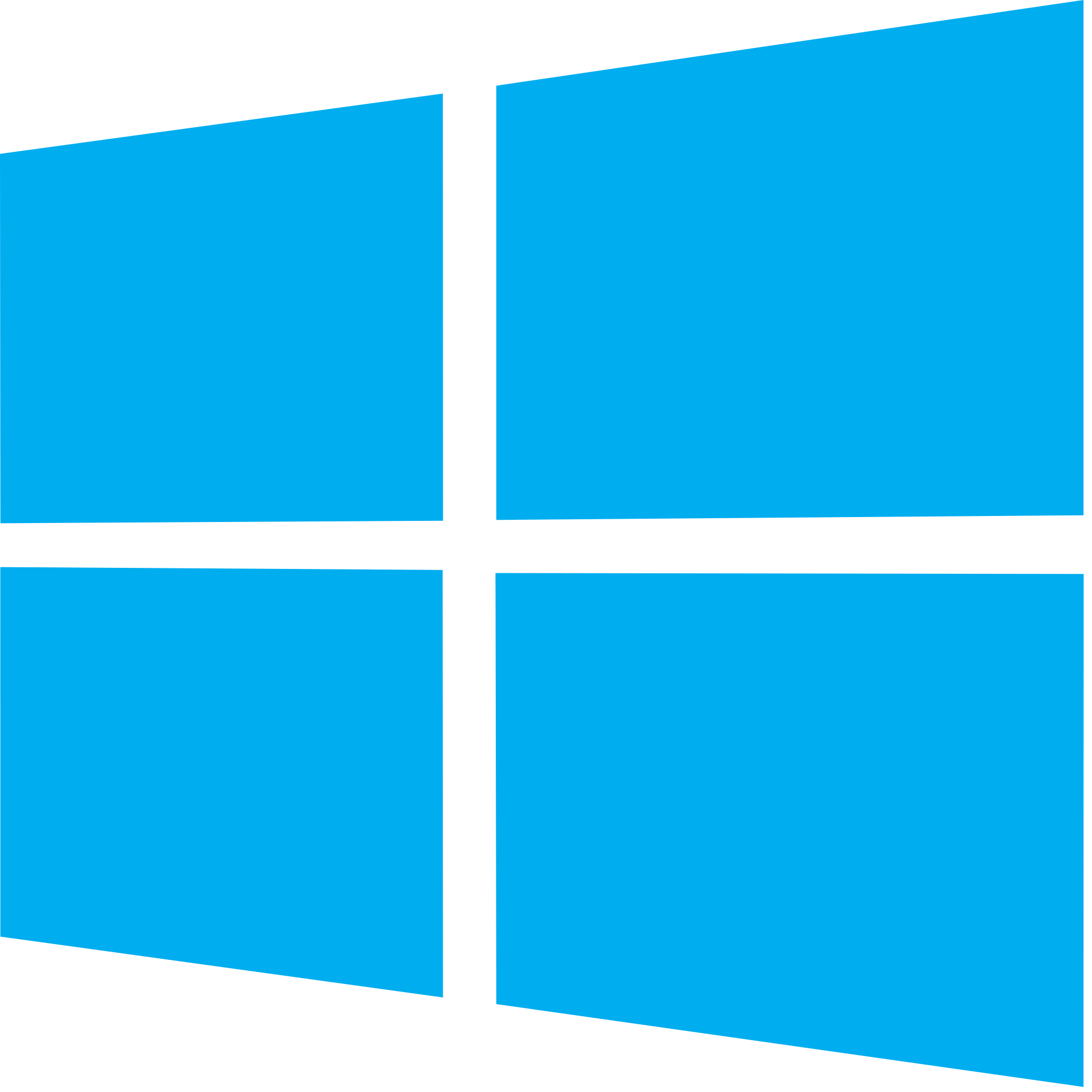 2. For Windows 8, 8.1 and 10.
2. For Windows 8, 8.1 and 10. Fix registry entries created by malware and PUPs on your PC.
Fix registry entries created by malware and PUPs on your PC.

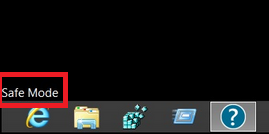
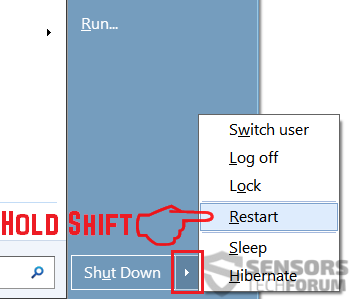
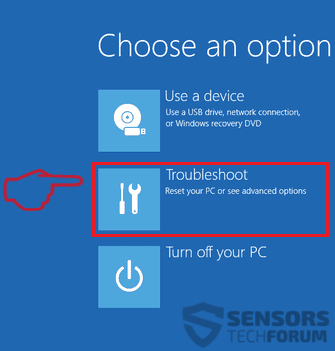
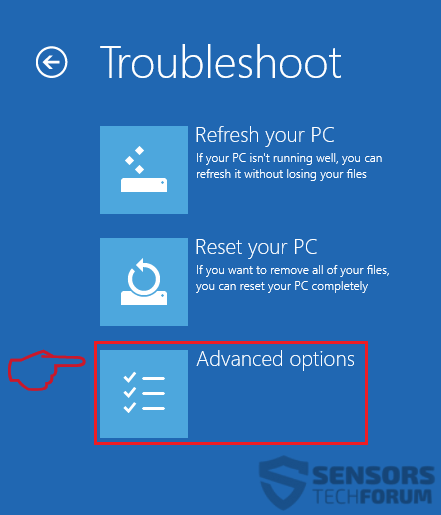
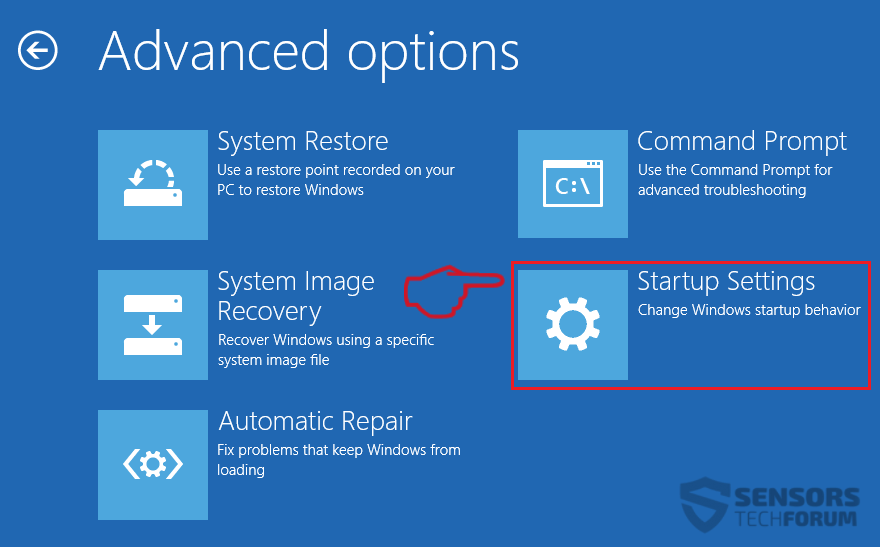
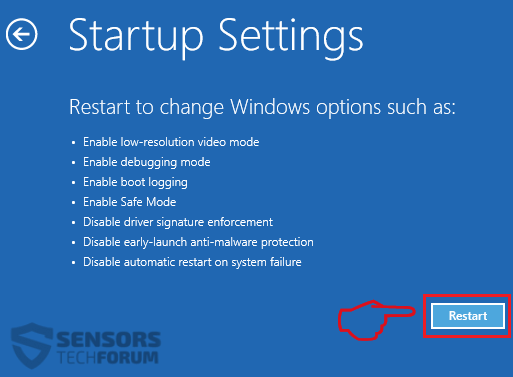
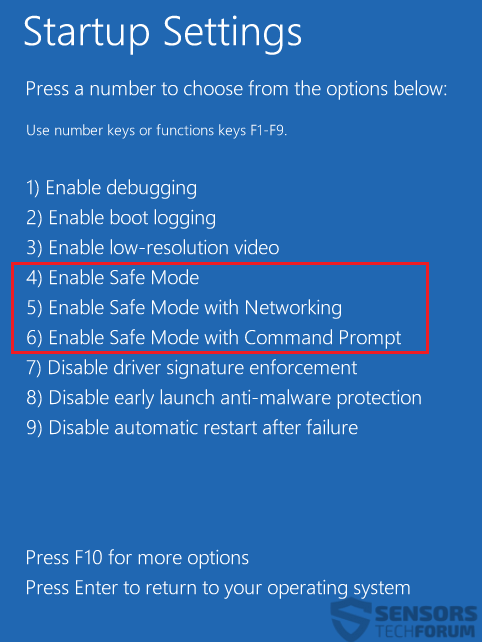

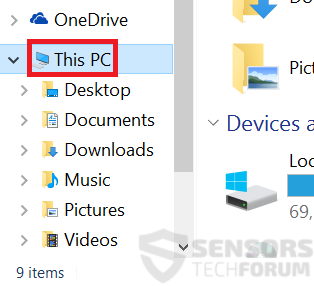
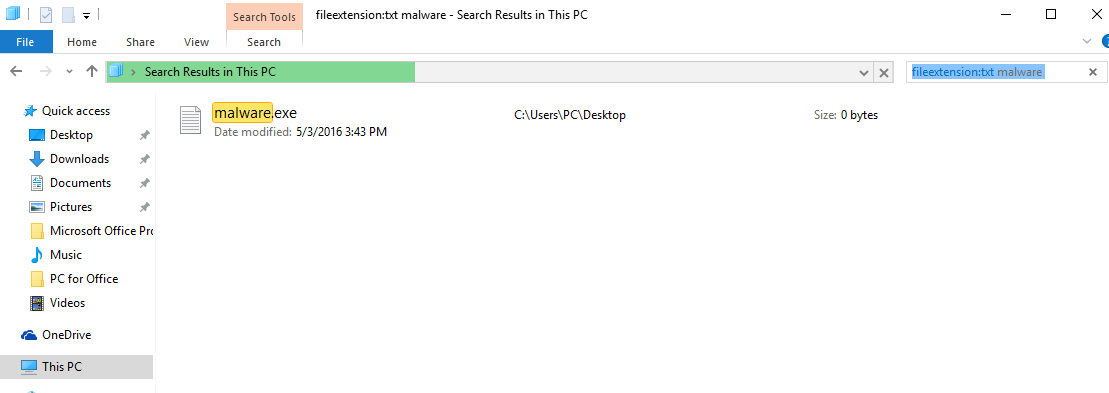
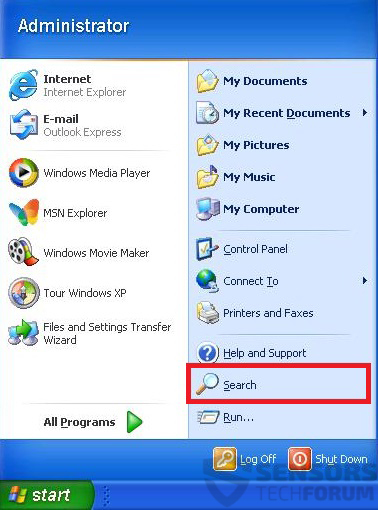
 1. Install SpyHunter to scan for Razy Trojan and remove them.
1. Install SpyHunter to scan for Razy Trojan and remove them.